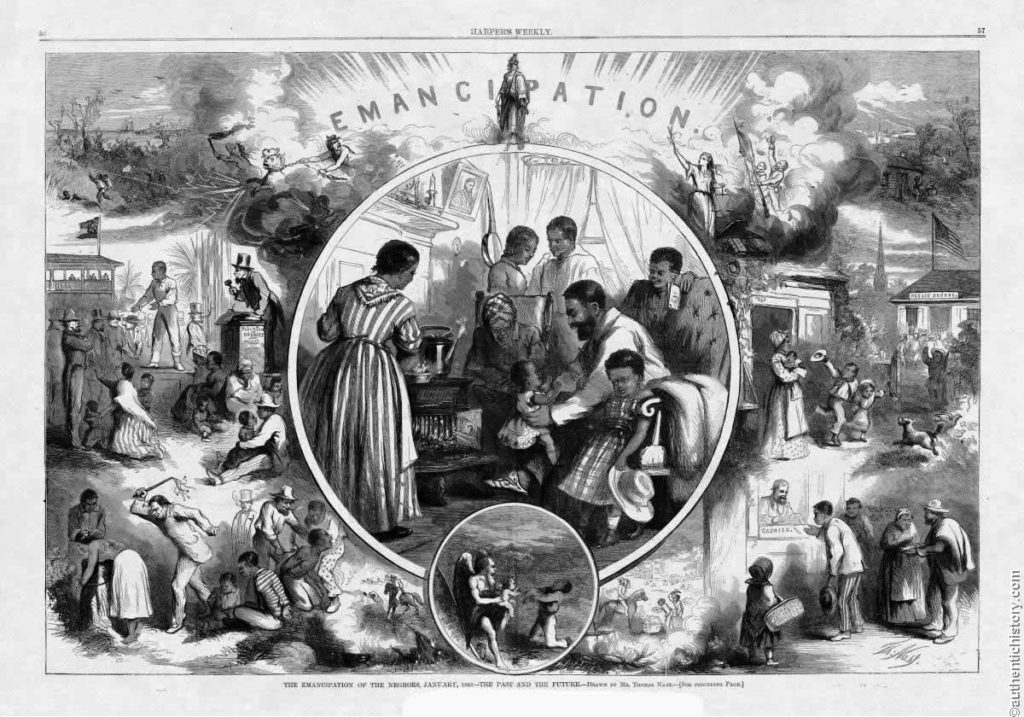Baltimore Heritage would like to share some information on the city’s role in the slave-trade in the 19th century. One of our dedicated volunteers, Richard Messick, has spearheaded this research and in his guest blog below, he gives us some insight into what he has found. Thank you Richard!
I once took a tour at Hampton National Historic Site lead by Park Ranger Anokwale Anansesemfo, called “Forced Servitude at Hampton.” The tour described the variety of labor used by the Ridgely family to operate their estate: indentured servants, prisoners of war, and enslaved people. It was a profound and moving experience that sent me on a research project to learn more about slavery in Baltimore.
After its incorporation in the late 18th century, the population of Baltimore grew very quickly along with the expansion of the new country. One of the many “trades” that grew along with the city was the sale of people. Several things contributed to this development. First, local farmers had shifted from a labor-intensive tobacco crop to the growing of cereal grains, which required less work and contributed to a surplus of slave labor in the area. Secondly, Eli Whitney invented the cotton gin in 1793, which quickly and easily separated cotton fibers from their seeds. The cotton industry then became incredibly profitable and that fueled a desire for more land and forced labor in the South. The third factor was that the importation of people for sale was outlawed in 1808.
— Richard Messick

